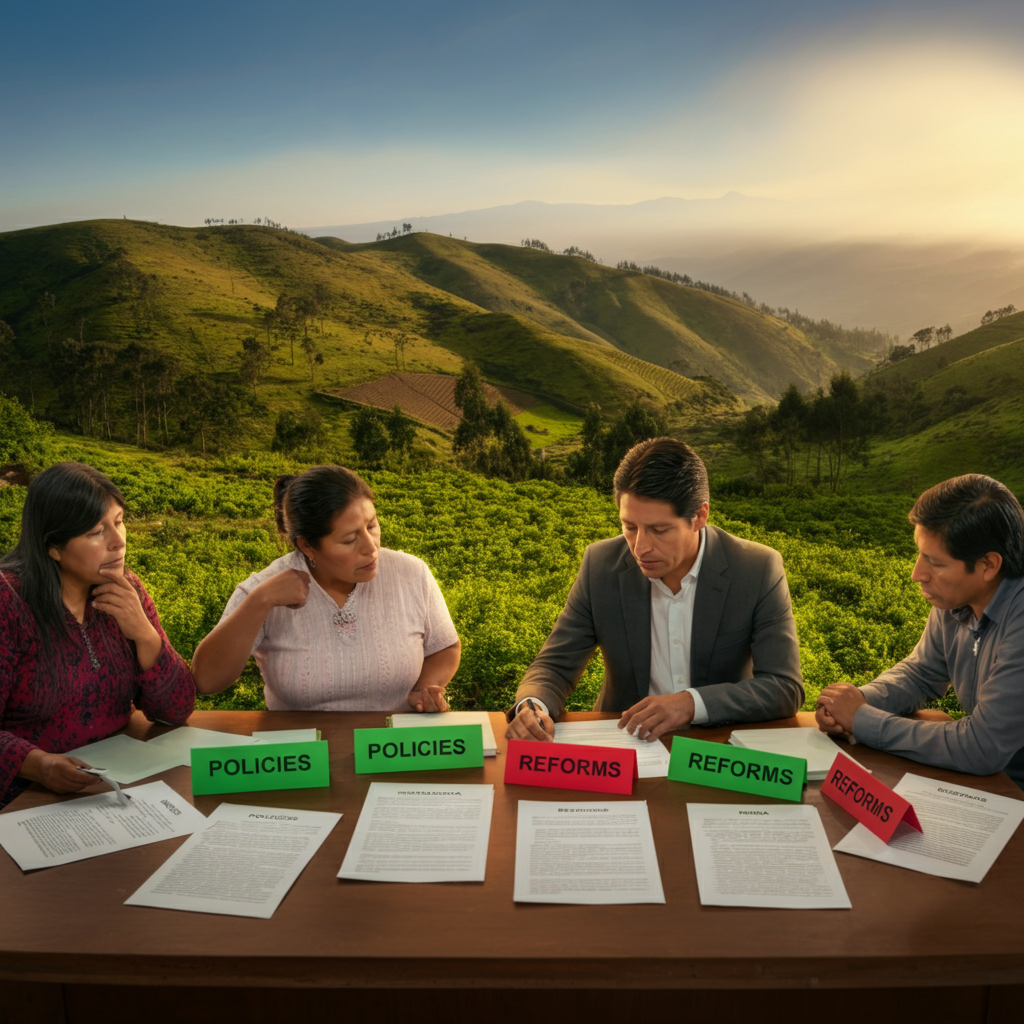Mental health is no longer an off-center concern—it is a core one that defines the well-being of people and societies. Peru has come a long, long way toward tackling mental health problems, yet much development and reform remains to be undertaken. This blog examines the policy on peru mental health, considers the obstacles that have been encountered in seeing progress, and hypothesizes what the future will hold for mental health services in Peru.
Understanding Mental Health in Peru
Mental illness is a major public health concern in Peru, where over 1 in 3 residents will get some sort of mental disorder during their lifetime. Depression and anxiety are two of the most common disorders, especially in urban areas such as Lima. To add insult to injury, Peru also carries high levels of stigma against mental illness, meaning it is difficult for individuals to admit to having their issues or access treatment.
Historically, mental health has never figured high on the list of public health priorities for Peru. But in the past decade or so, there has been an increasing awareness of the importance of mental health, due to pressure groups, local community action, and international organizations.
But what is driving the change? Research shows that mental health is inextricably connected with other social issues, including poverty, violence, and inequality. To repair peru mental health is not pills and small talk; it’s a structural solution to address the root causes.
Current Mental Health Policies in Peru
Peru’s government has made efforts to strengthen mental health policies, particularly over the past decade. Some major initiatives have reshaped the country’s approach to mental well-being.
Decentralizing Mental Health Services
Among the most important of these shifts has been decentralization of mental health care. Previously, mental health care was centralized in Lima, and beyond the reach of millions of rural residents. Today, regional community mental health centers (Centros de Salud Mental Comunitarios) are charged primarily with bridging the gap. They work towards providing timely, in-place care to underserved communities.
Legislative Progress
The passage of Law No. 30947, the Mental Health Law, in 2019 was a turning point for the national mental health agenda. The law prioritizes everybody’s right to enjoy access to integral mental health care the highest. The law also prioritizes the integration of mental health care and general health care the highest, seeking an integral solution.
Collaboration with NGOs and International Partners
Collaborations with the World Bank and PAHO facilitated Peru’s introduction of mental health promotion programs. These include mental illness awareness, education for the medical personnel, and funding infrastructure plans so that more people gain access.
Barriers to Effective Mental Health Care
Though advancement cannot be argued, there exist certain issues which are impacting the effectiveness of the peru mental health policy.
Stigma and Social Barriers
Peruvian cultural stigma of mental illness is still very much entrenched. In this context, the mentally ill are not only viewed and treated poorly, but even shunned from society. Social stigma discourages others from seeking treatment, hence promoting the culture of suffering and silence.
Limited Resources
Despite efforts by the government to address mental health, budgeting is still not enough. Mental care in Peru receives less than 2% of the country’s overall health budget. The shortage is evident in a lack of facilities, low levels of medication availability, and poor training for mental health professionals.
Workforce Shortages
Peru mental health staff are underutilized. There are fewer than 6 psychiatrists for every 1 million country inhabitants, a far cry from international standards. Social workers and psychologists are also found mainly in urban areas, with hardly any left to serve rural communities.
Geographical Barriers
Peruvian rural areas are mountainous and forested and thus logistically difficult to reach with health services. Rural inhabitants are too remote or unreachable for community mental health clinics.
Future Solutions to Better Mental Health
Apparently, Peru has done far better but has yet to do more. These are some of the solutions that would be instrumental in boosting Peru’s mental health system.
Increased Funding
The government can boost its spending on mental health to international levels. This will create space to increase facilities, training, and buying required drugs.
Increased Technology in Healthcare
Telemedicine may become an exciting option for mental treatment in Peru. With electronic media, individuals residing in remote areas may be able to receive therapy sessions and consultations without moving around considerably. Advances in access to the internet among rural communities may provide the platform for such innovation.
Breaking down Stigma through Education
Mass education campaigns for stigma reduction for mental health can help to build an empathetic culture. This may include partnerships with workplaces, schools, and community leaders to unlink discussions of mental health from pathologizing and to encourage early intervention.
Building Partnerships
Collaboration with international organizations, NGOs, and interests from the private sector can make mobilization of funds and experience possible. Such collaboration can make provision of advanced treatments, development of infrastructure, and training for healthcare professionals easier.
Culturally Sensitive Care
There is no one size that fits all in a multicultural country like Peru. Mental health interventions have to be tailored to the cultural and linguistic heterogeneity of Peru. These include the utilization of bilingual clinicians and the incorporation of traditional healing into mainstream mental health programs.
Empowering the Youth
Investment in youth mental health training has a ripple effect on society. Mental health training needs to be embedded in school curriculums so that students learn to cope with stress, seek help, and become resilient.
Frequently Asked Questions
What is the Mental Health Law in Peru?
Peru Mental Health Law (Law No. 30947) of 2019 assures coverage of people with integrated mental health care. It aims to integrate mental health with primary health care to improve access.
How many mental health centers exist in Peru?
There are approximately 245 community mental health centers available in Peru, a very impressive growth compared to a decade ago. Geographical coverage remains unequal.
What are the most common mental illnesses in Peru?
The most common are depression and anxiety. PTSD is also a problem, particularly among groups who have experienced social conflict or violence.
How is stigma for mental illness in Peru overcome?
Public education campaigns, public advocacy by celebrities, and mass community events can take the stigma out of talking about peru mental health.
Is mental illness treatment free in Peru?
Public mental health centers in the community are free or heavily subsidized, but private treatment is costly.
Moving Forward Together for Better Mental Health
Policies of Peru toward mental health have come a long way, but much more is yet to be done. To have a holistic and efficient system of mental health requires a coalesced approach from the government, private sector, and society as a whole. With increasing awareness, investment in infrastructure, and equal accessibility, Peru can become a world example for mental health care reform.
Want to find out more about mental health strategies for your organization or you? Tune in to our blog for news and expert views!



